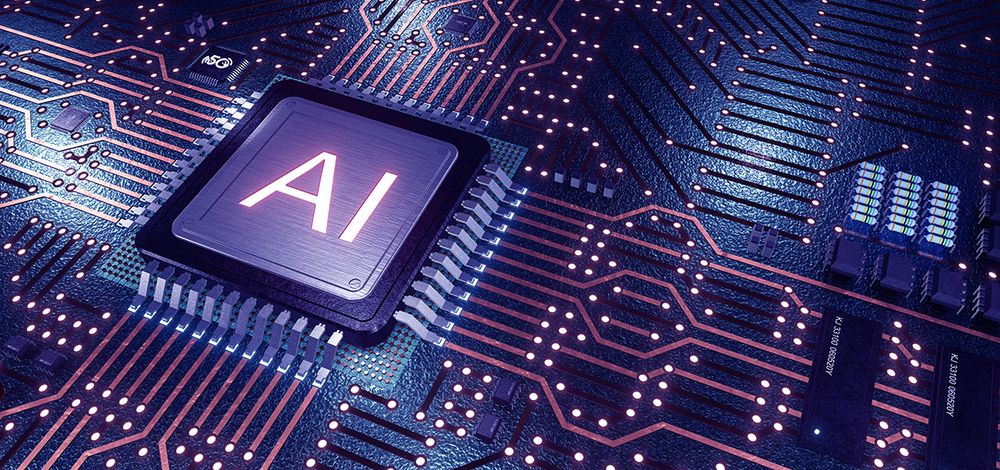MobilEye is not a believer in pure e2e. I think they argue their position quite well.

 www.mobileye.com
www.mobileye.com
Back in November 2022, the release of ChatGPT garnered widespread attention, not only for its versatility but also for its end-to-end design. This design involved a single foundational component, the GPT 3.5 large language model, which was enhanced through both supervised learning and reinforcement learning from human feedback to support conversational tasks. This holistic approach to AI was highlighted again with the launch of Tesla’s latest FSD system, described as an end-to-end neural network that processes visual data directly “from photons to driving control decisions," without intermediary steps or “glue code."
While AI models continue to evolve, the latest generation of ChatGPT has moved away from the monolithic E2E approach.

Autonomous Decisions: The Bias-Variance Tradeoff in Self-Driving Technology | Mobileye Blog
Monolithic versus Compound AI System in LLMs and Autonomous Driving
Back in November 2022, the release of ChatGPT garnered widespread attention, not only for its versatility but also for its end-to-end design. This design involved a single foundational component, the GPT 3.5 large language model, which was enhanced through both supervised learning and reinforcement learning from human feedback to support conversational tasks. This holistic approach to AI was highlighted again with the launch of Tesla’s latest FSD system, described as an end-to-end neural network that processes visual data directly “from photons to driving control decisions," without intermediary steps or “glue code."
While AI models continue to evolve, the latest generation of ChatGPT has moved away from the monolithic E2E approach.
Last edited:


